10 species of animals that have become twice as small in 40 years due to human fault
By Pictolic https://pictolic.com/article/10-species-of-animals-that-have-become-twice-as-small-in-40-years-due-to-human-fault.htmlIn the near future, lions, elephants and hippos will be seen only in zoos and Disney cartoons. Such a disappointing conclusion can be drawn from the published Living Planet report of the World Wildlife Fund, which states that wildlife populations worldwide have declined by 52% since 1970. The report was prepared jointly with the Global Footprint Network Foundation and the Zoological Society of London based on a study of the number of 3038 species of animals, birds and fish in the period from 1970 to 2010. It is noteworthy that the human population has doubled over the same period (from 3.7 billion to almost 7 billion people).
Wildlife populations are declining in tropical and temperate latitudes, but the biggest decline — 63% compared to 1970 - was seen in the tropics. The most serious regional decline in the number of animals was observed in Central and South America: it is 83%. We present to you a selection of those representatives of the wild nature who have most strongly felt the influence of civilization.
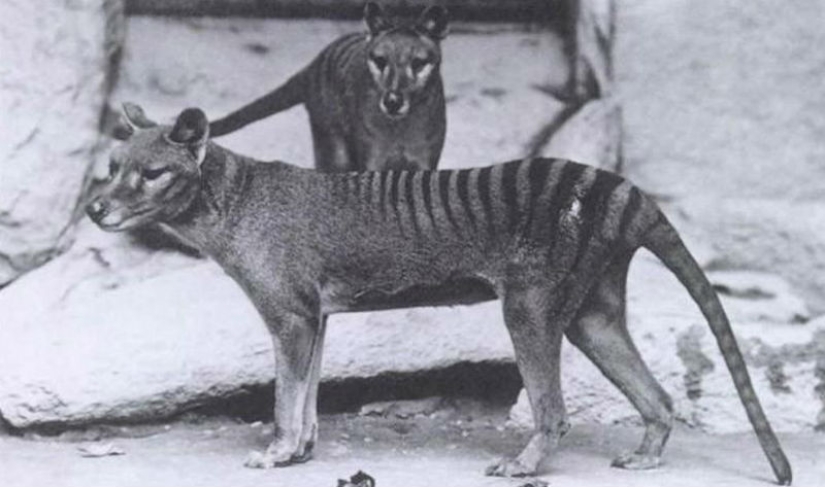
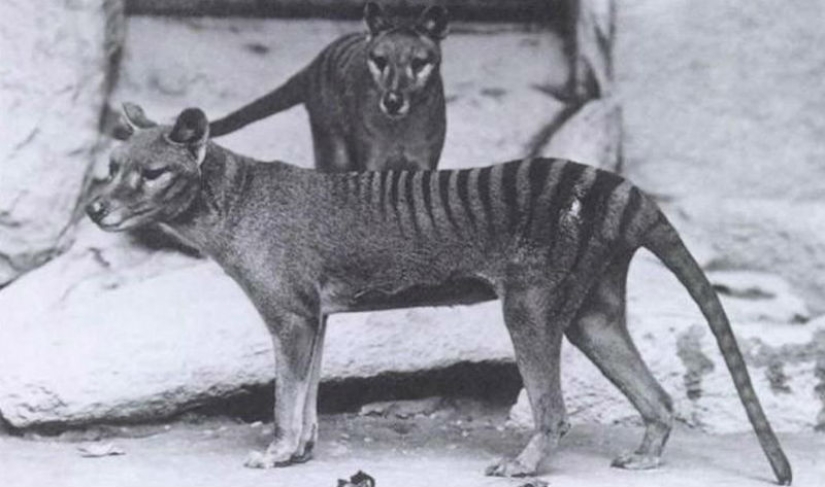
The African lion. Number of remaining individuals: 30-35 thousand.
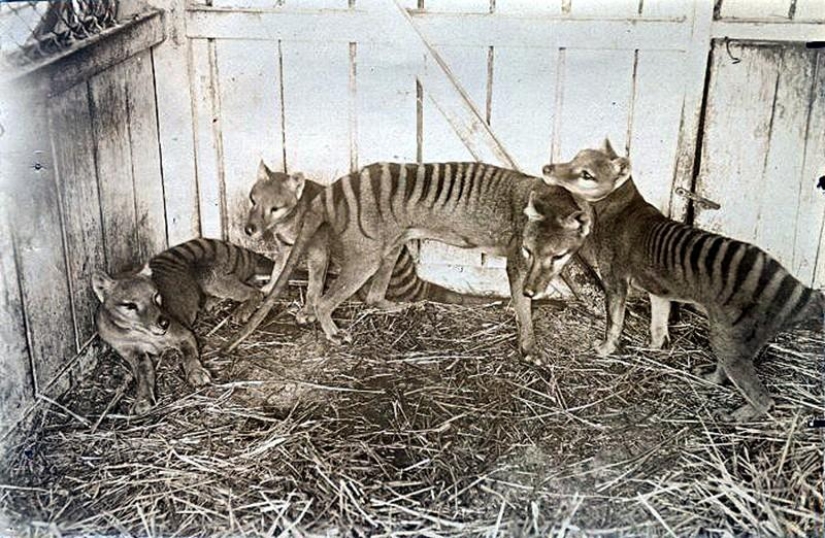
In Ghana's Mole National Park, the number of lions has decreased by more than 90% in 40 years. It is believed that this is due to the killing of lions by humans as revenge for conflicts arising between animals and the local population.
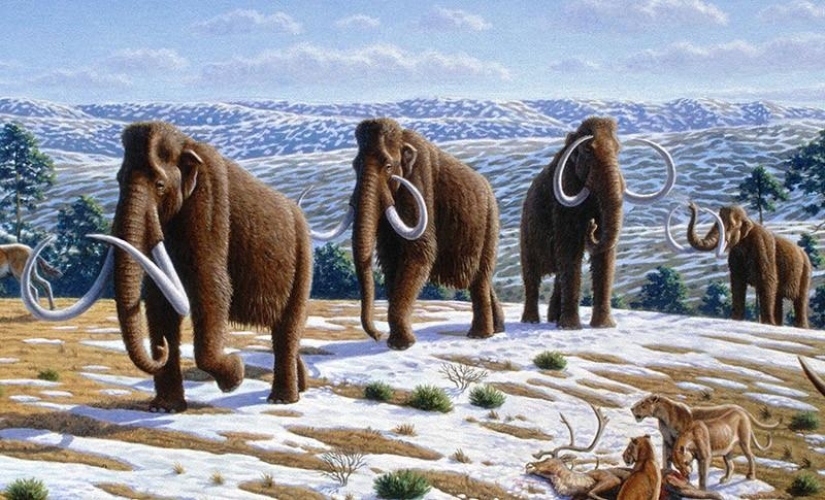
Forest elephant. The number of remaining individuals: about 600 thousand.
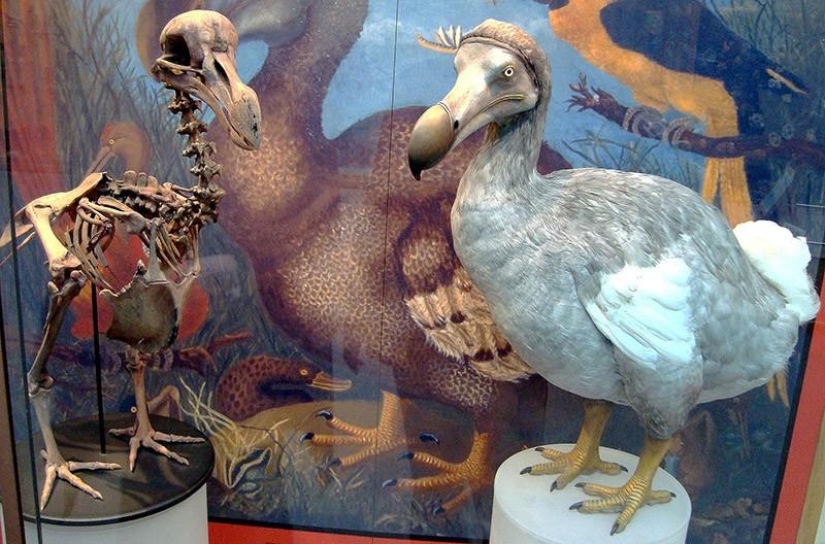
The number of forest elephants decreased by more than 60% between 2002 and 2011, mainly due to the activities of ivory poachers. Due to deforestation and human development of territories, elephants currently live on only 7% of their historical habitat.
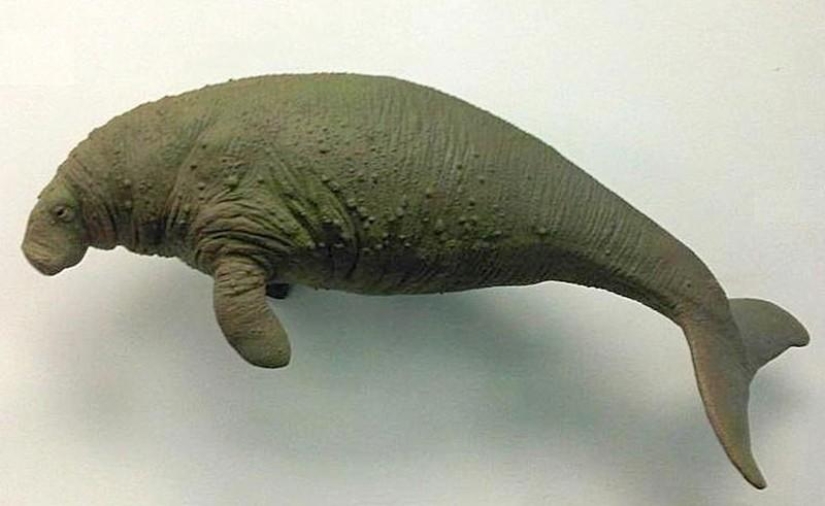
Bengal tiger. Number of remaining individuals: about 3200.
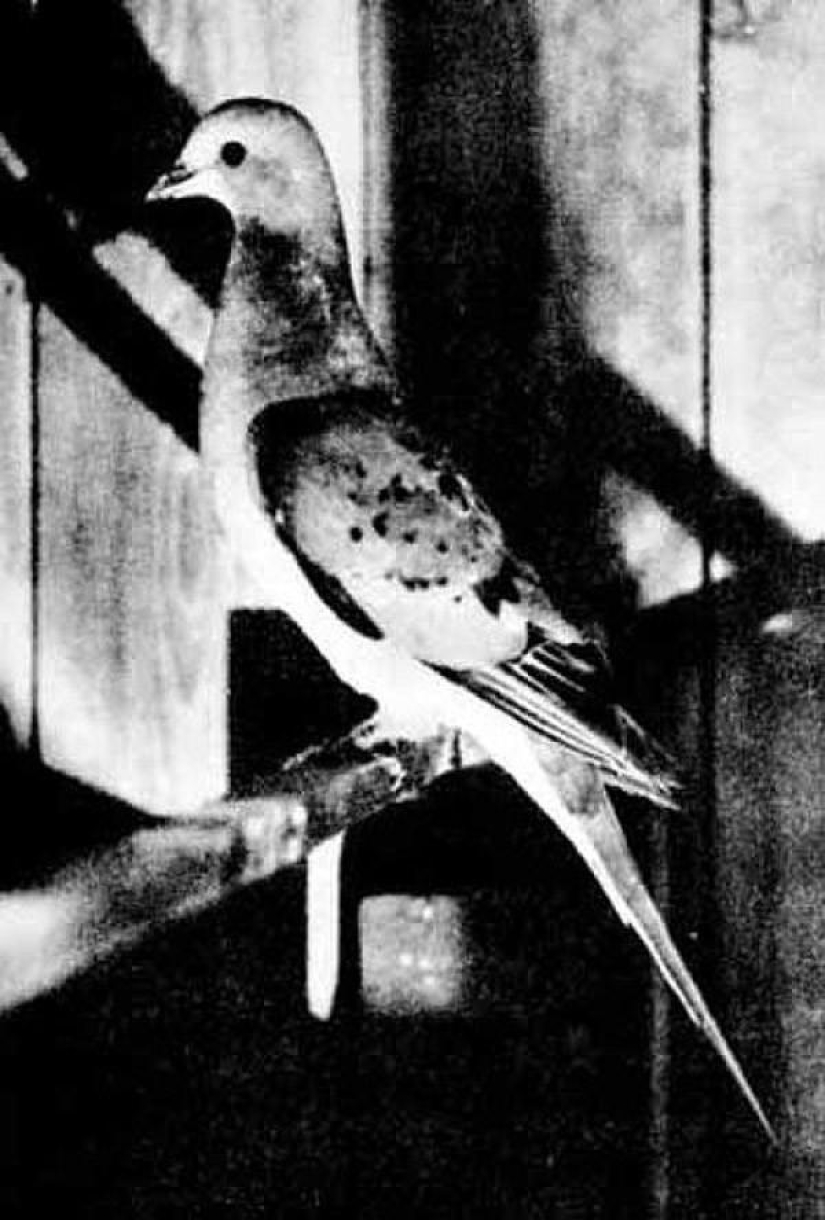
The population has almost died out over the past hundred years: in 1910, there were about 100 thousand tigers in the wild, in 2010 — only about 3200. This sharp decline is due to the destruction of their habitat and poaching.
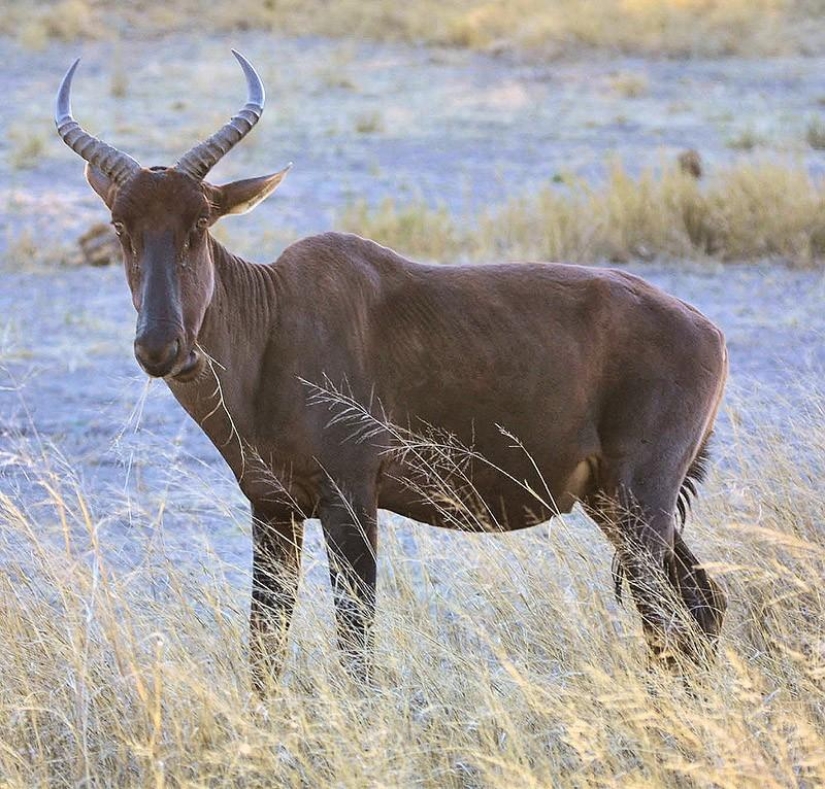
Dolphin.
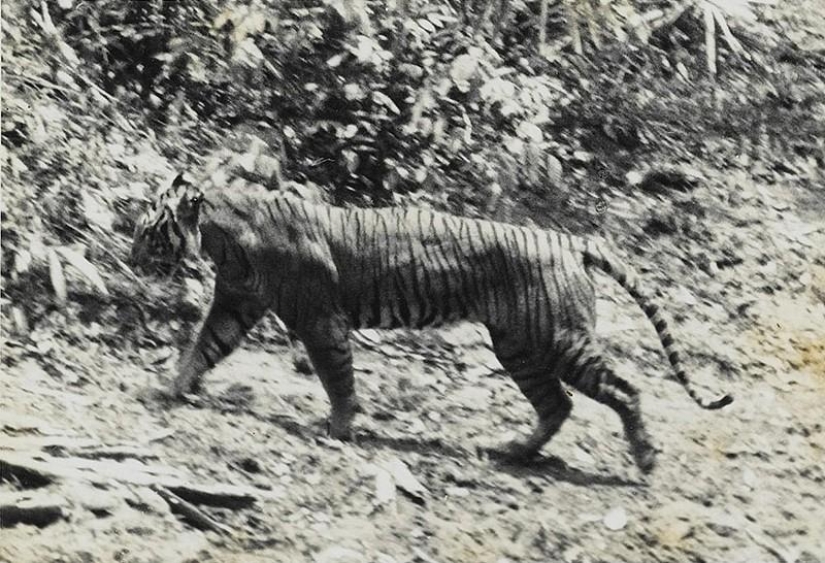
In some places dolphins have been hunted, for example in the Black Sea and off the coast of Peru. And although dolphins are never intentionally killed in most regions of the world, they often die in fishing nets or fall into the screws of ships. In the 1960s, their population declined sharply in The Mediterranean Sea, and the reasons for this reduction are still unknown. And in In the Ionian Sea, the number of dolphins in 1996-2007 decreased from 150 to 15.
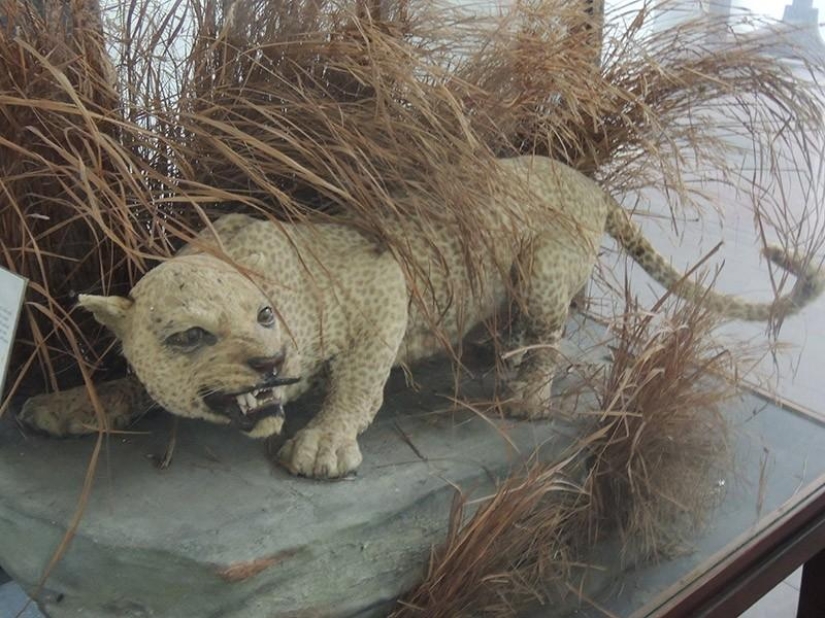
Black and white rhinos.
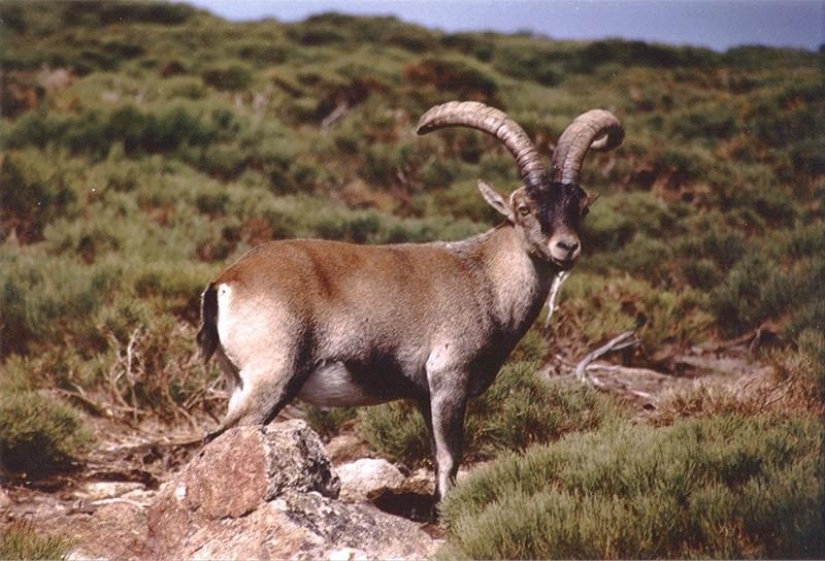
Populations of black and white rhinos declined by an average of 63% between 1980 and 2006. The biggest threat to these animals is the demand for their horns. Poaching is especially common in South Africa. The number of individuals killed for the horns increased from 13 in 2007 to more than 1,000 in 2013.
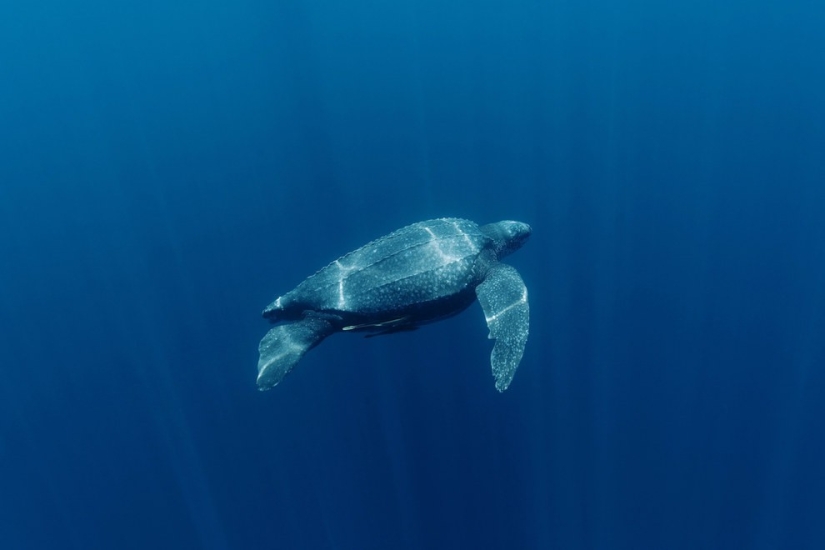
Leatherback turtle.
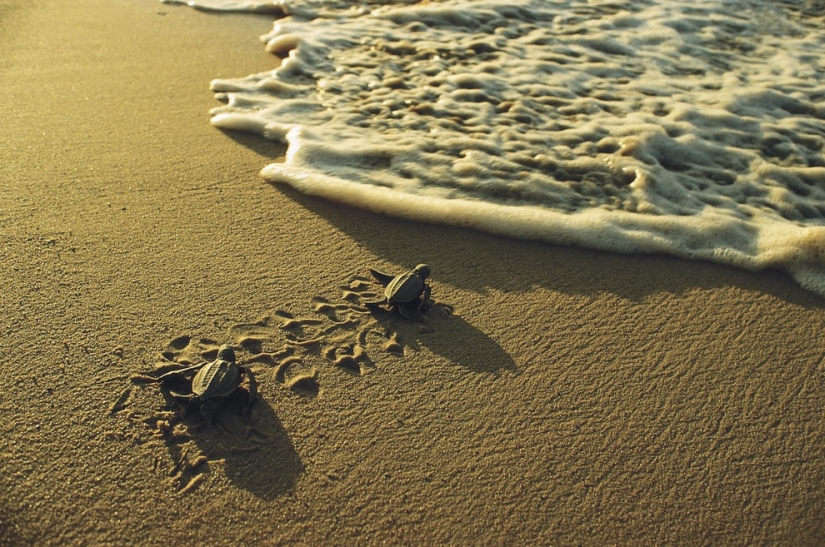
The largest modern sea turtles are rapidly disappearing in the waters of the Atlantic and Pacific Oceans. So, in the Las Baulas National Marine Park in Costa Rica, their number fell by 95% from 1989 to 2002. This is mainly due to the death of turtles caught during commercial fishing, and the construction of beaches in their nesting areas.
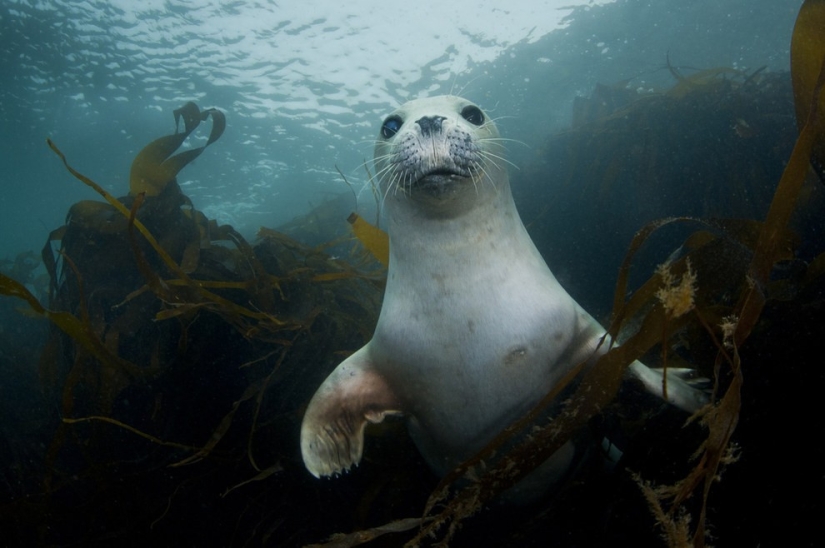
Seal.
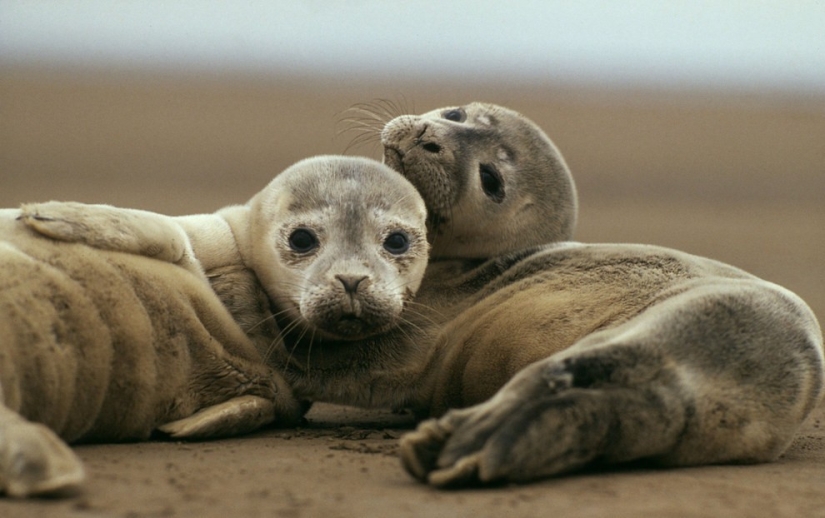
In addition to death from viruses and natural epidemics, seals also die at the hands of farmers and fishermen. Such murders were committed, for example, in the Moray Firth in the North Sea to protect salmon farms. Between 2001 and 2006, the number of seals in the Orkney and Shetland Islands decreased by 40%.
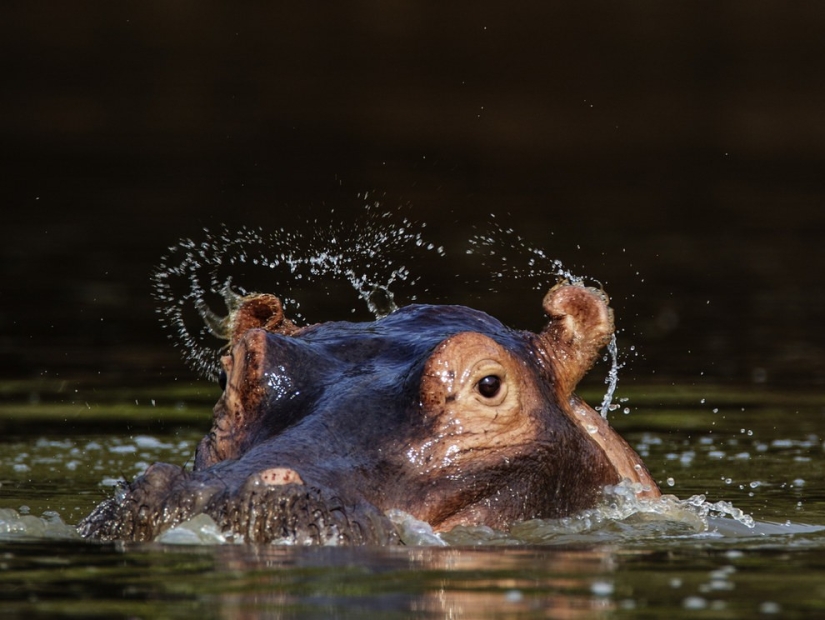
Hippopotamus.
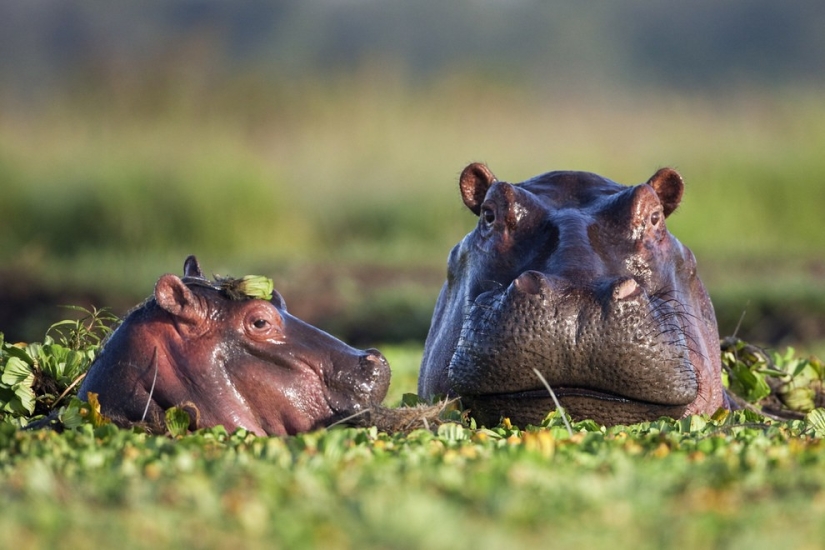
As of 2006, the number of these animals in Africa was about 125-150 thousand. The main threat to them is hunting. For example, in the Virunga National Park in the Congo, because of her, the number of hippos fell from 29,000 in 1970 to 1,515 in 2003.
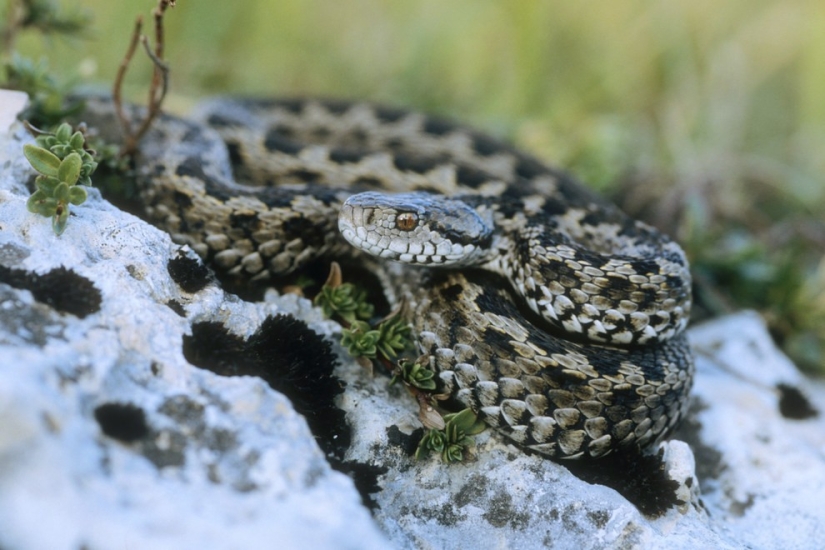
Steppe viper.

In recent decades, 11 snake populations in Europe have declined sharply, and 8 of them decreased by more than 50% between 1990 and 2009. The exact cause is unknown, but it most likely occurred due to a combination of factors, the determining ones being a decrease in the natural habitat and the amount of prey.
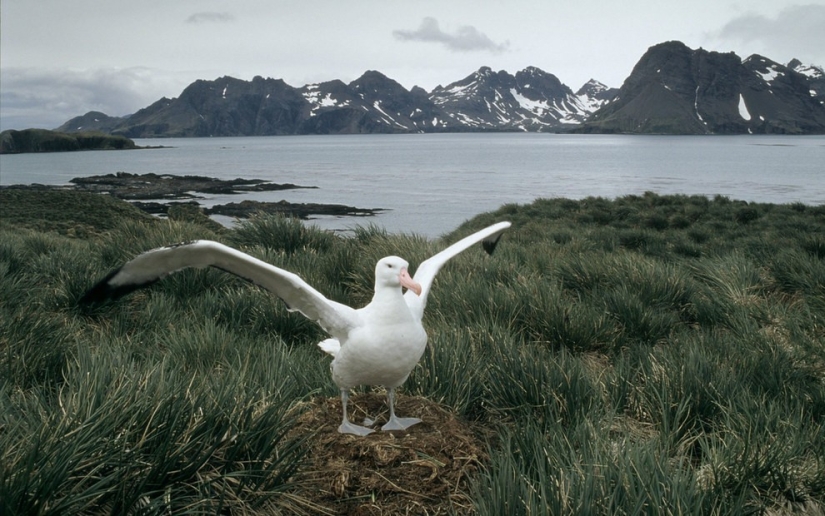
A wandering albatross.
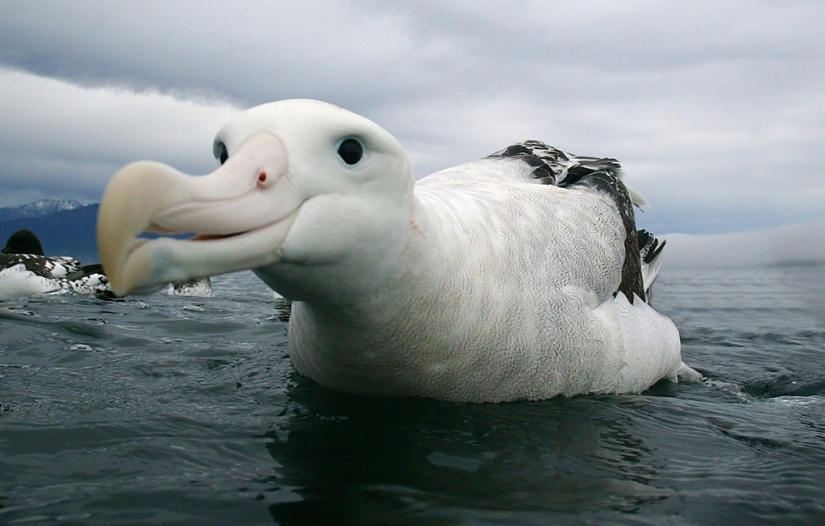
The rapid decline in the number of wandering albatrosses is due to their death in fishing nets. Thus, the population from Bird Island in the South Atlantic Ocean decreased by 50% from 1972 to 2010.
Recent articles

Markus Reugels is an incredibly talented German photographer who specializes in high-speed and macro photography. His photographs ...

Learn unusual and interesting facts about our planet and the creatures that inhabit it! -- >Ants, when dying, emit special ...
Related articles

Learn unusual and interesting facts about our planet and the creatures that inhabit it! -- >Ants, when dying, emit special ...

Many people are afraid of bees, although they are quite peaceful insects if you do not touch them. The worst thing is when there is ...

There is always something in the world that you can truly smile at! Each frame from this collection will make your mood for the ...

The Japanese craftswoman has honed her skills in working with wool so much that now her crafts - felted animal figurines - look as ...